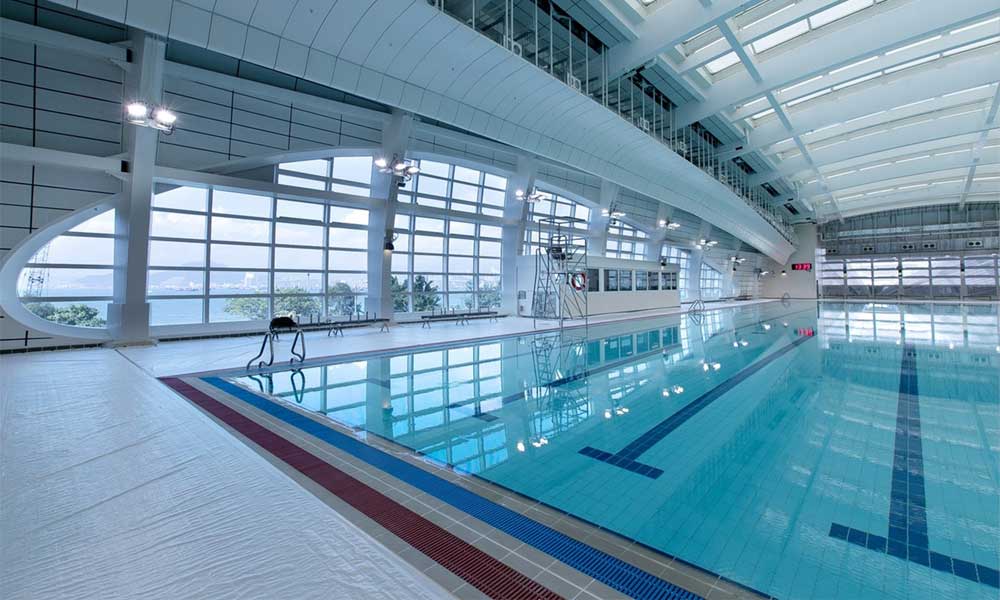In the realm of pool maintenance, ensuring water safety and quality is paramount. One of the key elements in maintaining a pristine pool environment is the proper use of chemicals, with Calcium Hypochlorite emerging as a trusted ally for pool owners. In this comprehensive guide, we will explore the optimal times and methods for using calcium hypochlorite to maintain a safe and inviting swimming pool.
Understanding Calcium Hypochlorite:
Calcium hypochlorite is a powerful and versatile chemical compound commonly used as a disinfectant and sanitizer in swimming pools. It effectively eliminates harmful microorganisms, bacteria, and algae, thereby preventing waterborne illnesses and ensuring a crystal-clear swimming experience.
When to Use Calcium Hypochlorite:
Weekly Shock Treatment: Regular pool shock treatments are essential to break down accumulated organic matter, sweat, oils, and other contaminants that can lead to cloudy water and an unpleasant swimming environment. Experts recommend using calcium hypochlorite to shock the pool on a weekly basis, preferably in the evening when the sun’s UV rays are less intense.
Opening the Pool: When the pool is reopened for the swimming season after a period of inactivity, it’s crucial to use calcium hypochlorite to shock the pool water. This will eliminate any bacteria or algae that might have proliferated during the pool’s downtime.
After Heavy Usage or Rain: Following periods of heavy pool usage, such as pool parties or gatherings, it’s advisable to shock the pool with calcium hypochlorite to restore optimal chlorine levels and water clarity. Additionally, rainwater can dilute chlorine levels, making it necessary to shock the pool afterward.
Algae Infestation: If your pool has been invaded by algae, calcium hypochlorite can be a potent tool for eradication. Algae can quickly turn a clear pool into a green mess, but a carefully calibrated shock treatment can help regain control.
Best Practices for Using Calcium Hypochlorite:
Safety First: Prior to using any pool chemicals, including calcium hypochlorite, it’s imperative to follow safety guidelines. Wear appropriate protective gear, such as gloves and goggles, and avoid inhaling the chemical.
Proper Mixing: When using calcium hypochlorite, it’s recommended to pre-dissolve it in a bucket of water before adding it to the pool. This prevents the chemical from settling at the bottom of the pool and causing uneven distribution.
Evening Application: Opt for evening application of calcium hypochlorite to maximize its effectiveness. Sunlight can cause the chlorine in the compound to dissipate quickly, reducing its sanitizing power.
Balancing pH Levels: Before adding calcium hypochlorite, ensure that the pool’s pH levels are balanced. The ideal pH range for a pool is between 7.2 and 7.6. This allows the calcium hypochlorite to work optimally and extends the life of your pool equipment.
In conclusion, calcium hypochlorite is a valuable asset in the arsenal of Pool Maintenance Chemicals. By understanding when and how to use it, pool owners can create a safe and inviting swimming environment for their family and friends. Regular shock treatments, careful application, and adherence to safety protocols will contribute to a sparkling pool that brings joy throughout the swimming season.
Post time: Aug-30-2023


